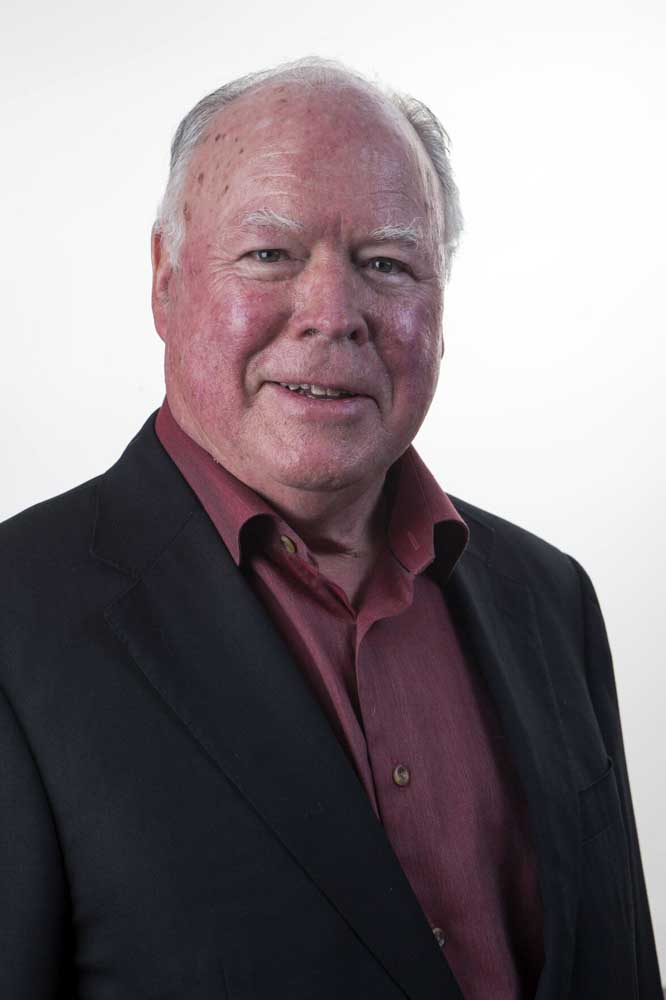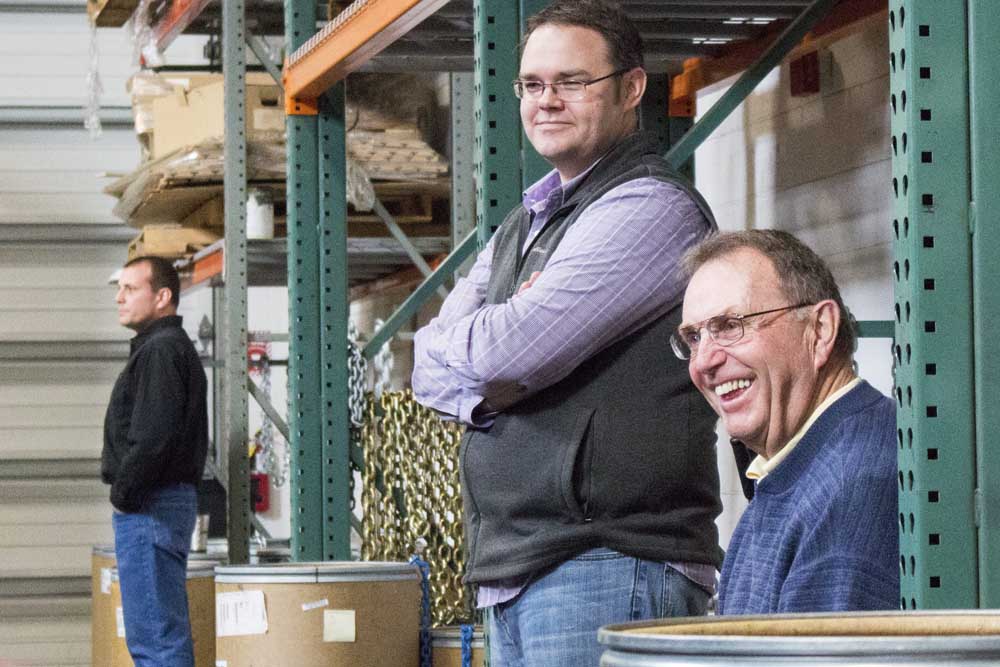Writer’s Notebook: Where did Astoria come from? And where is it going?
Published 12:30 am Saturday, September 2, 2023

- Steve Forrester
While editor of The Astorian some 20 years ago, a reader wrote me a letter regarding a planning debate the town was having. In her letter, the reader referred to “our pristine waterfront.” The essence of that word’s meaning is God-given — its original state. Astoria’s waterfront is not that. In fact, our waterfront could be called an archaeological site.
Trending
The pilings you see near the shore are vestiges of fish packing plants that stretched from one end of Astoria to the other. I mention those departed structures as an example of what this town once was. On the wall of The Astorian’s conference room is a photo of Astoria taken from the Astoria Bridge in about 1988 by our then-photographer Kent Kerr. It depicts more than one waterfront structure that’s now gone. One of the most sizable was the massive Elmore Cannery, which went up in flames in the winter of 1993.
A few weeks ago, a letter writer expressed anxiety that the Columbia River Maritime Museum’s planned boat exhibition building will block views of the Columbia River. His concern ignored the fact that the Astoria Riverwalk runs in front of where that building will be.
The Riverwalk’s existence and the views it affords over its 6.4-mile length is often forgotten in debates over prospective new waterfront buildings. It is a piece of recent history that relatively few Astorians know or remember.
Trending
If you like the Riverwalk, you should thank Paul Benoit. As the city’s community development director, Benoit first glimpsed, in 1987, the potential of reclaiming access to the waterfront. Prior to coming here, while Benoit was a student at the University of Washington’s School of Marine and Environmental Affairs, public access to waterfronts was a big topic of discussion.
One of Benoit’s first challenges was for the city to gain the ability to establish a walkway as an overlay to the Burlington Northern Santa Fe Railway’s tracks and right of way. BNSF agreed to it. Segments of the walkway were added as the city applied for and gained grant funding.
It is also a good bet that relatively few Astorians know the history of the magnificent Mill Pond development. It stemmed from the bankruptcy of the Astoria Plywood Cooperative, whose mill was on that property. The mill site’s contamination was the impediment to its redevelopment. Fortunately ShoreBank Pacific — an unconventional lender — had just become a new player in our region.
Benoit attracted ShoreBank to help finance the site’s cleanup, so that federal funds would flow. John Berdes and Mike Dickerson, of ShoreBank, recognized the transformational nature of the Mill Pond’s reclamation. That lender today is known as Craft3 and is a player in many regions of Oregon and Washington state.
The question that many Astorians have is, “Where is Astoria going?” Or “What is Astoria becoming?” Cities and small towns such as ours are in a constant cycle of decline, death and rebirth. As much renewal as Astoria has gained in the past 30 years, there are parts of it that beg for rebirth.
One cannot say with any certainty about the town’s future. The answer lies in a human question. Astoria’s future will be a matter of who shows up to accomplish new things. As an illustration, I would use child care. There is widespread agreement about the critical importance of a city having adequate child care. It is a federal goal, and a state goal. But the existence of child care facilities comes down to people locally — to who will make it happen. Over decades, our region’s child care capacity has waxed and waned.
Leadership is essential. Will Astoria again enjoy the fruits of transformational mayors such as our two most recent highly consequential mayors — Edith Henningsgaard and Willis Van Dusen? Their imagination and sense of urgency moved Astoria in new directions.
Economic leadership is also essential. Astoria’s brewing explosion didn’t just happen. It began with the education and imagination of Chris Nemlowill, who established the Fort George brand. And the magnificent, relatively new Astoria Co+op, has its roots in a small group of founders decades ago, and now with the manager Matt Stanley. The magnificent Cannery Pier Hotel & Spa happened because the late Robert Jacob had a vision and executed it.
A city is many things, but most of all it is a gathering of persons — with various talents, ambitions and imaginations. Therein lies Astoria’s future.









